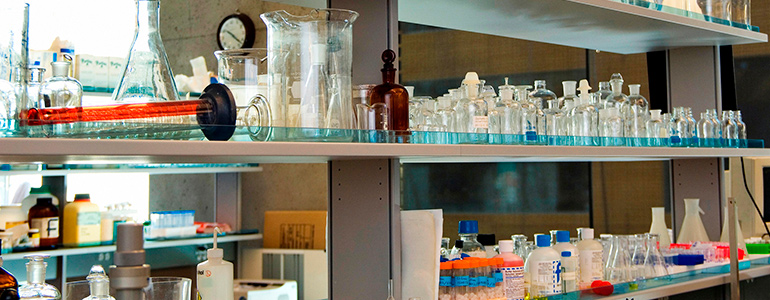The Keys to Success

Outsourcing Stability Studies to Contract Laboratories
20 November 2018
Ensuring that a stability study is done correctly and meets a pharmaceutical company's needs requires a great deal of teamwork and clear communication. The most crucial of these is communication, which establishes everything from the testing to be conducted to how samples should be handled, stored and transported. Clear communication is also important for protocol, labeling, timing and packaging.
Pharmaceutical companies must establish basic testing protocols from the start and communicate them clearly. This includes requirements, methods, quantities, spares storage, time points for pulling samples, the pull window and any changes over the course of the study.
Other practical considerations to make and communicate include:
- Packaging: Determine if samples are to be stored in primary or secondary packaging and whether packaging needs to be removed. If primary packaging needs to be removed, labeling considerations are important, as information like batch numbers may not be present on the secondary packaging.
- Orientation: The orientation of a medical device may seem obvious to the manufacturer, but isn't necessarily so for the contract laboratory. Orientation considerations, such was what constitutes "upright," should be communicated clearly and thoroughly.
- Storage: How the samples will be stored is a critical piece of information to be discussed thoroughly with the contract laboratory. Consider providing materials on how to store samples properly, including orientation, temperature, or light exposure.
- On-Store Treatment: In the event of sub-sampling, make sure the contract laboratory understands how sampling is to be performed and how to reseal the container once complete. For in-use testing, clarify what is meant by "use" and how the sample should be treated.
- Transportation: If samples need to be transported, the contract lab will need to understand how. Convey information on storage, orientation, temperature and timing to the laboratory.
The perfect stability study protocol includes full information about all samples, how to treat and transport the samples and details on testing. Instruction should include definitions, assignments, requirements and necessary information. Communicate these concerns, along with practical considerations and basic protocols to ensure a successful collaboration. For more detailed insights on successful collaboration, download our free white paper.
Glenn Graves brings more than 20 years of experience in analytical chemistry and pharmaceutical analysis, specializing in chromatography, spectroscopy, and thermal analysis. Throughout his career, he has obtained expertise in a wide variety of analytical techniques including total organic carbon analysis, ion chromatography, and optical rotation. As Managing Director of the Intertek Whitehouse, NJ facility, Glenn leads the agreement and implementation of laboratory policy and protocols, regulatory compliance (including FDA, cGMP/cGLP, DEA, and OSHA requirements) and health and safety. In addition, he oversees the preparation and completion of action plans pertaining to laboratory and regulatory corrective actions and preventative actions (CAPA).
Tags: 2018 | Chemicals | Glenn Graves | Medical and Pharmaceutical

Glenn Graves,
Manager of Laboratory Services


